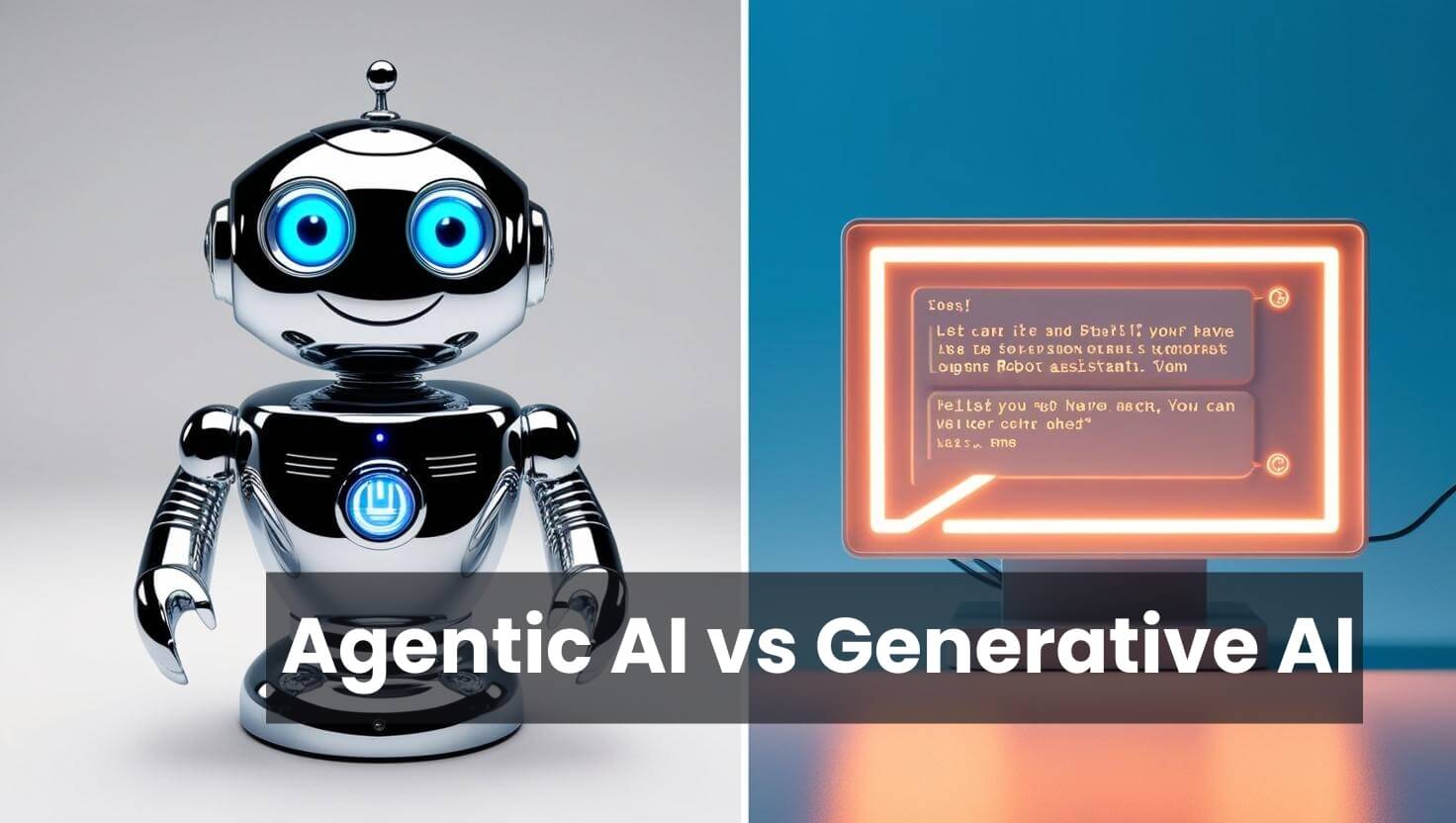As artificial intelligence continues to evolve in the recruiting landscape, the conversation is shifting from possibility to practicality. Talent leaders are no longer asking whether to adopt AI, but rather how to deploy it in ways that are sustainable, strategic and aligned with business goals.
One question gaining traction, particularly as more platforms introduce AI capabilities, is deceptively simple: Do I need one AI agent or many?
The answer is less about how much AI you have and more about how it behaves. At the heart of this distinction is an important evolution in AI architecture, one that separates generative models from what researchers and engineers increasingly refer to as agentic AI.
Understanding that difference is essential for leaders seeking to apply AI in ways that actually improve hiring outcomes rather than adding complexity to already overburdened systems.
The role of one intelligent agent
The term "AI agent" has quickly entered the mainstream vocabulary, but the underlying concept has existed for decades in computer science. An agent is a system capable of perceiving its environment, making decisions and taking action toward a specific goal. It may operate with human input or act autonomously based on context.
In recruiting, agents are now being used to support tasks ranging from resume screening to candidate outreach. But not all agents are designed equally. Some operate as independent units, each responsible for a single action or workflow. Others function as cohesive systems that integrate multiple data points and objectives to drive outcomes across the entire hiring process.
The difference is not just technical. It is experiential and consequential.
One agent or many? A structural decision
At first glance, the idea of deploying dozens of agents may seem promising. A specialized agent for every task—one for writing outreach, another for scheduling interviews, and another for updating your CRM—offers a sense of coverage. However, this model relies heavily on coordination. Each agent requires activation, oversight, and validation. Information needs to be handed off between systems, and recruiters must remain the orchestrators of disconnected steps.
This is where agentic AI presents an alternative.
An agentic system is designed to understand the broader hiring context, not just the task in front of it. Rather than functioning as a collection of assistants, it operates as an intelligent collaborator. It can interpret job requirements, identify and rank qualified candidates, personalize outreach, adjust based on engagement patterns and surface recommendations to move hiring forward within a unified experience.
For the recruiter, the result is not simply automation. It is alignment.
A practical example: One agent in action
Consider a recruiter tasked with filling 15 clinical roles in a three-week window. The traditional approach might involve logging into several systems, manually sourcing candidates, customizing messages, checking ATS data, coordinating with hiring managers and tracking progress through spreadsheets or dashboards.
Now consider that same scenario with a single, agentic AI system in place.
The agent reviews historical data to identify past applicants with relevant experience. It begins sourcing external candidates while simultaneously stack-ranking the internal pipeline. It drafts personalized messages based on candidate behavior and interest indicators and initiates outreach at scale. As responses come in, it adjusts engagement strategies, recommends next steps, and integrates updates into the CRM in real-time.
The recruiter stays involved, not as an operator of each step, but as a strategic guide. The focus shifts from task management to decision-making.
What to consider before choosing a model
There is no one-size-fits-all approach to adopting AI in recruiting. Different organizations will have different needs depending on hiring volume, internal structure and candidate engagement strategies. But there are key questions worth asking:
- Does the AI solution understand context or only react to prompts?
- Is the system designed to reduce cognitive load or shift it elsewhere?
- How much time is spent coordinating outputs versus applying insight?
- Can the agent learn from your processes and improve with use?
The most effective AI systems are not measured by how many tasks they automate. They are measured by how much value they return to the people using them.
The value of intelligence over volume
Recruiters today are not struggling because they lack data or technology. They are struggling because their time is fragmented across systems, their focus is pulled toward reactive tasks, and their value is too often reduced to throughput.
The promise of AI in recruiting was never just about acceleration. It was about restoring clarity, confidence and strategic intent to a role that has become increasingly transactional.
Agentic AI supports that promise. At hireEZ, we built our agent not to assist with isolated tasks but to understand the entire hiring journey and work in partnership with those responsible for it. It prioritizes. It adapts. It reduces the weight of repetition so that recruiters can spend more time doing what only they can do—building relationships, guiding decisions, and helping organizations grow with purpose.
You do not need 10 or 50 agents. You need one who understands you and the work you are here to do.
That is what Agentic AI was designed to deliver—not just output, not just speed, but the space to lead with intention.






